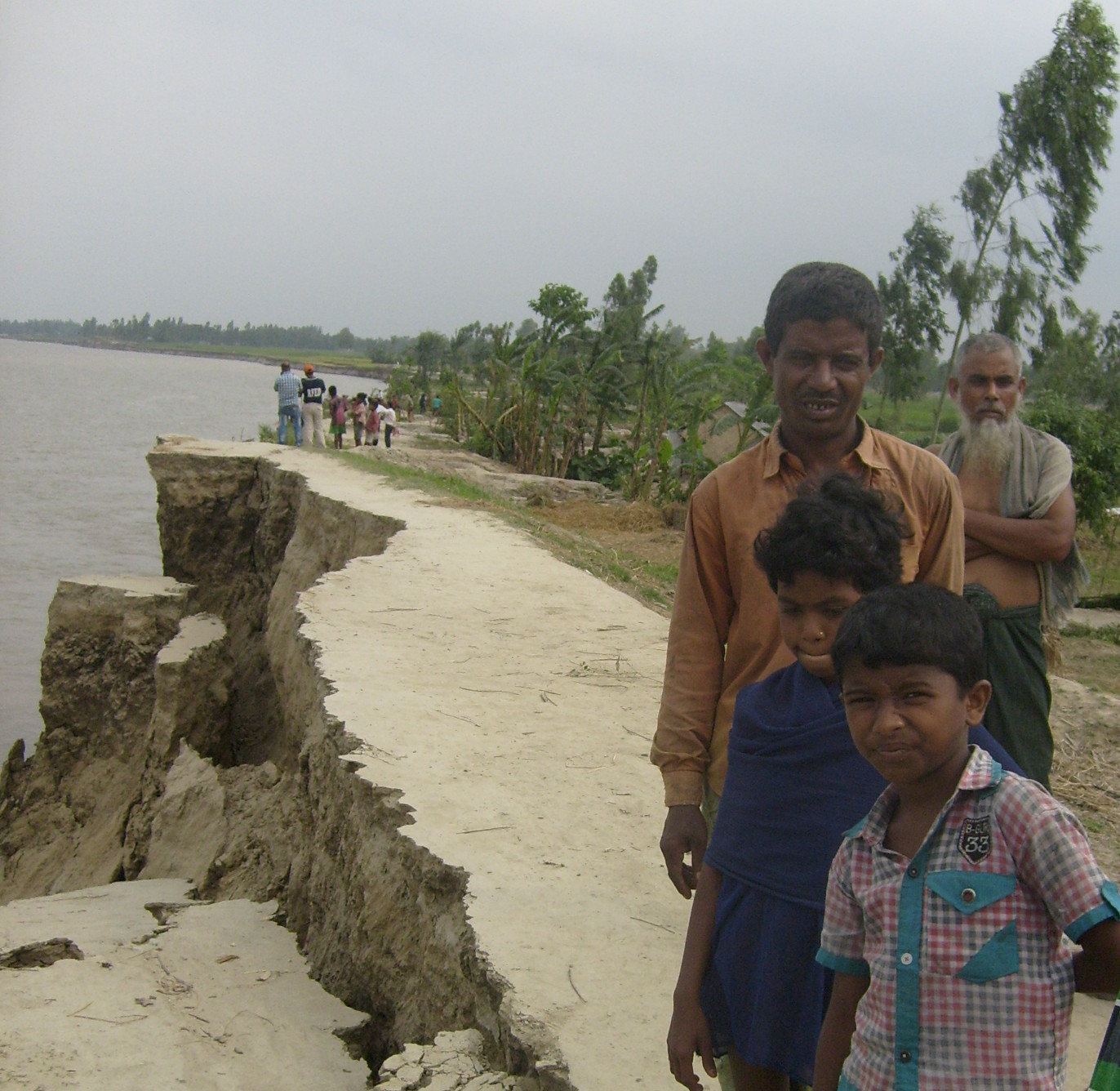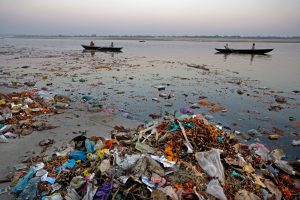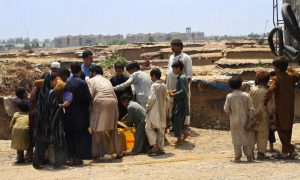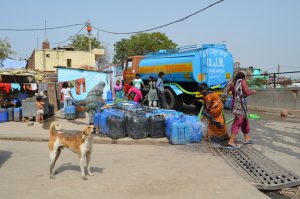Bangladesh has outlined its commitment to building a low-carbon and climate resilient future, though the country’s contribution to the global volume of greenhouse gas (GHG) emissions is very small.
The low-lying South Asian country’s post-2020 climate action plan was drafted in line with its economic goal of becoming a middle-income nation by 2021.
“We have outlined a plan that is doable for the government. We have, of course, considered Bangladesh’s forthcoming economic advancements so that we don’t need to factor in extra pressure if the climate regime is changed,” said Mirza Shawkat Ali, a director of the Department of Environment in Dhaka.
Bangladesh — a country that produces 0.35% of global emissions compared to the highest emitter China’s 23%— has set a target of reducing its emissions by 5% without any external support.
The country, hard-hit by the adverse effects of global warming, also set an ambitious target of 15% emission reduction if international support is available in terms of finance, technology and capacity building, according to the Intended Nationally Determined Contribution (INDC) submitted by Bangladesh to theUnited Nations Framework Convention on Climate Change in preparation for the Paris summit this December.
Bangladesh has focused on the energy sector to reduce emissions. Its INDC says the country’s mitigation actions covers the power, transport and industry sectors; these are expected to represent 69% of the country’s emissions by 2030.
It is not obligatory for any country to set an emission reduction target. “Still, we feel a commitment to the world; it will help send a message that those who are more responsible should contribute further to secure the earth for the future generations,” said Fazle Rabbi Sadeque Ahmed, a climate negotiator for the Bangladesh government.
The plan
Scientists say one effect of climate change is more frequent and more severe storms, floods and droughts, all of which batter Bangladesh regularly. So, apart from seven programmes on how to mitigate its emissions, the country’s INDC has a slew of adaptation plans.
The mitigation programmes include improved energy efficiency, gas exploration and reservoir management, clean-up of coal mines and coal-fired power plants, renewable energy development, lower emission from agriculture, urban waste management and afforestation and reforestation.
Bangladesh plans to generate 20,000 MW by 2021 to ensure electricity for all. The country talks of setting up more industrial units, for which there is no alternative to its over-3,300 million tonnes of proven coal reserves. Most Bangladeshi power plants are dependent on natural gas now, but the gas is supposed to run out by 2031.
The government also plans to shift 20% of today’s road transport users to trains. It has designed a plan for 10% reduction in energy consumption by industries, and similar actions in the agriculture and building sectors.
“This INDC represents the first time that Bangladesh has made an international commitment to take action on mitigation,” reads the document.
The actions needed to deliver on these commitments will require international support in the form of finance, technology transfer and capacity building, it adds.
Adaptation
In the sphere of adaptation, Bangladesh has put forward plans to enhance adaptive capabilities and livelihood options for its 160 million people. The government has identified food security; health protection; comprehensive management of disasters; control over salinity intrusion, flood and river bank erosion; protective infrastructure; and enhancement of urban resilience among others for near term actions.
It estimated a need for around US$40 billion to implement these measures.
While Bangladesh has come up with an ambitious INDC, the same cannot be said for many major emitting countries. Since INDCs are expected to form the bedrock of the Paris climate agreement, “the cloud of uncertainty cannot be brushed aside until a deal is signed,” said Ainun Nishat, a climate expert and professor at Dhaka’s BRAC University.







